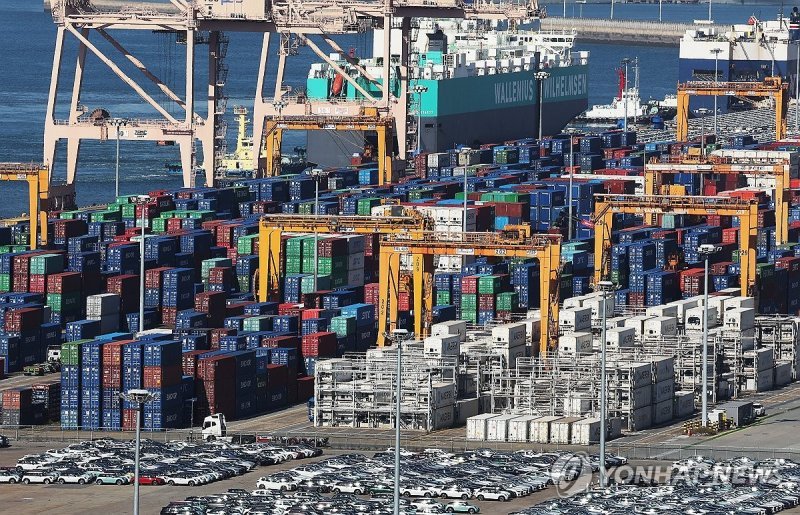[fn Editorial] Upward Revision of Next Year’s Growth Rate: Focus on Reviving Domestic Demand, Not Optimism
- Input
- 2025-11-11 18:27:27
- Updated
- 2025-11-11 18:27:27

KDI has also revised this year’s growth outlook from 0.8% to 0.9%. The projection for next year is double that of this year, and some institutions predict it could approach 2%, which is encouraging. It is a welcome sign that the economic outlook for Korea, which has been mired in a prolonged slump, is gradually brightening.
The International Monetary Fund (IMF) projected in its World Economic Outlook (WEO) report that the global economy will grow by 3.2% this year and 3.1% next year. Although global economic uncertainty remains high, the world average is expected to stay above 3%. Korea’s growth rate, which falls short of 2%, is both a relief and a disappointment.
It is difficult to predict when Korea’s economy, which has recently entered a period of sub-2% low growth, will experience a boom like Taiwan. Such a turnaround will require both strong government initiative and robust corporate performance. The annual growth rate plunged to -0.7% in 2020 due to the direct hit from COVID-19, rebounded to 4.6% in 2021, then fell to 2.7% in 2022, 1.4% in 2023, and is expected to reach 2.0% in 2024, reflecting a persistent low-growth trend.
Some point to the fact that Korea’s growth rate will likely remain in the 1% range this year and could reach the 2% range next year as grounds for optimism. However, now is the time for heightened vigilance and caution. The government must pursue industrial promotion policies, especially for advanced sectors, and create an environment where companies can operate freely. Exports should be further encouraged, and reviving stagnant domestic demand is essential for a full-fledged recovery.
Nevertheless, the global economic environment remains challenging, and Korea faces numerous domestic obstacles. While there has been some progress in the United States–Korea Free Trade Agreement (KORUS FTA) and a slight easing of U.S.-China trade tensions, uncertainties persist regarding tariff rates and timing for major export items. The recent sharp rise in the exchange rate is also a concern. Both domestic and international institutions worry that the rising won-dollar exchange rate will put upward pressure on prices and negatively affect next year’s economy.
Korea’s heavy reliance on exports is another structural issue. Fitch Ratings, Inc. has warned that Korea’s export growth next year could be hit by both higher U.S. tariffs and a slowdown in China. The expansionary fiscal policy reflected in next year’s budget is a double-edged sword: while it may boost domestic demand, it could undermine fiscal soundness in the medium to long term.
Now is not the time to celebrate the stock index surpassing 4,000 or the fact that next year’s growth forecast is higher than this year’s. Instead, Korea must fundamentally improve its economic structure from a long-term perspective. The country’s vulnerability to external economic variables has led to the term 'Korea discount.' Next year’s economic policy should focus on building a healthier and more sustainable economic foundation, ushering in an era of 'Korea Premium.'